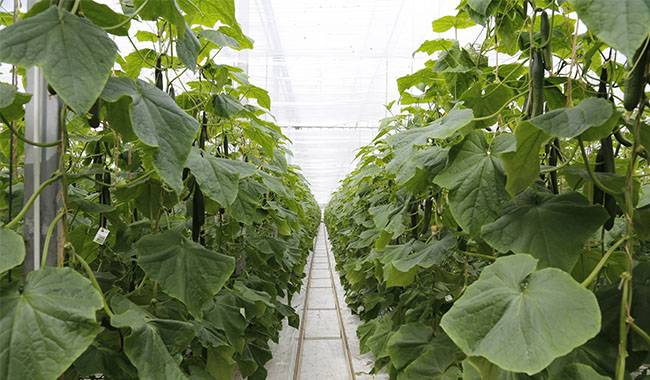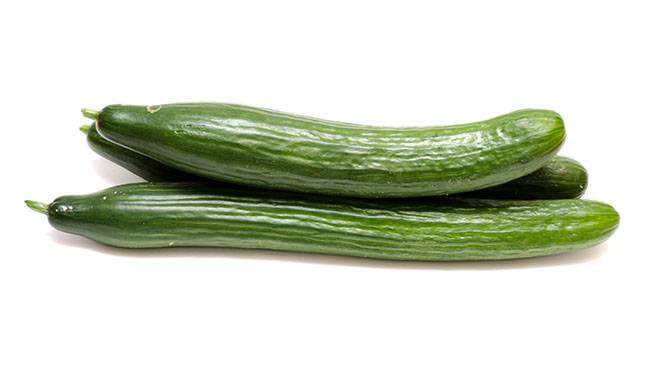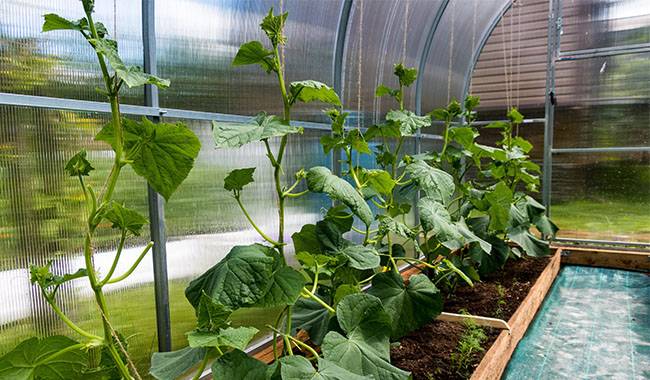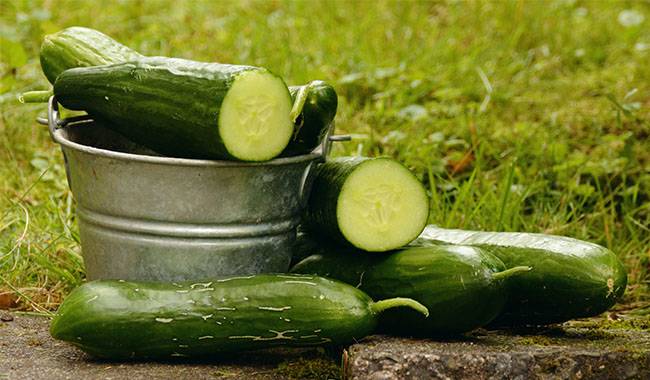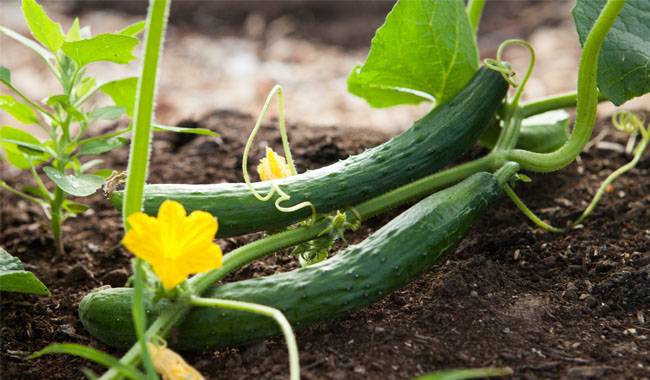
Cucumber is the most common vegetable in summer farmhouses. The green, crunchy cucumbers carry a delicate, fresh aroma that can be indulged in for days on end with no harm done to the body. The favorites from the open field have a special flavor, and it seems that with the departure of the heat, they will enjoy the harvest for a long time.
But in practice, the opposite is true. Without any apparent reason, the cucumber shoots began to wilt, and in fact, by mid-August, gardeners were left with nothing but dried-out cucumber plant bushes. There are a few tips that you can follow to extend your cucumber harvest by 2-3 weeks and produce more fruiting cucumbers on the open ground.
PLACING CUCUMBERS ON THE PLOT
Cucumbers do not tolerate wind. The delicate cucumber leaves, even in a light breeze, quickly dehydrate and hang up like rags. The torn leaves stop functioning. Therefore, they are always sown or planted in a sheltered area, usually outside the crop rotation.
TIMING FOR SOWING CUCUMBERS OUTDOORS
In order to extend the cucumber season, sowing and germination of cucumbers in the open ground are best done in stages with a time difference of 10-15 days. It is necessary to use different varieties with different maturity stages. Early cucumbers are sown first, starting in May (depending on the region). Their fruits are ready for fresh consumption. Medium cucumbers are usually used for salting and pickling. Late varieties have an extended ripening period and can form fruit over a long period of time.
Since the activity of insect pollinators decreases by autumn, it is better to use self-pollinated hybrids and solitary fruits that do not require insect pollinators for late-ripening cucumber varieties. For each region, it is best to choose your own zonal varieties and cucumber hybrids.
CHARACTERISTICS OF CUCUMBER PLANTING
When growing cucumber plants, they should not be overgrown if there are no free beds, plant seedlings of intermediate or late varieties, as well as late bred hybrids, into aging bushes.
During the fruiting period, it is best to feed cucumber plants with an organic solution, 2-3 times a month, in a low concentration solution, as cucumbers like to accumulate nitrates/nitrites in their fruits. The solutions are prepared from chicken manure or feces, dissolved 12 and 10 times in water, respectively.
Cucumbers are always watered with warm water 64-68°F (18-20°C) under bushes. To prevent water from getting on the leaves, it is best to water in furrows between the rows, soaking the soil to a depth of 6inch (15 cm). The soil should be moist but not flooded with water. Mulching is mandatory.
It is more practical for cucumbers to grow vertically, and shaping is mandatory. With this cultivation, the environmental conditions of the plant are optimal. If you grow cucumbers horizontally, leaving all the shoots in the ground, including the stems, the fruiting period of the plant is almost halved because the asexual reproduction is excessive and not necessarily healthy biomass.
By growing cucumbers vertically and harvesting them in time, the new fruit grows much faster. Fruits can be harvested daily, every other day, or two days. The more large fruits that remain in the bush, the slower the growth of young cucumbers and the faster the aging of the stems and leaf apparatus.
Young cucumber seedlings can be grown until mid-summer. Some gardeners even sow seeds on seedlings in early August and transfer them to beds 25-28 days later.
Cucumbers will fruit and grow normally if the daytime and nighttime temperatures do not fall below 59°F (15°C). At temperatures of 53°F (12°C), plants begin to get sick and die quickly. Experienced gardeners do this late cucumber planting on a pre-prepared warm bed. Fresh manure, biomethane, and other heat-releasing materials are used for decomposition.
A house of arc or film is prepared around the bed. During the day, the foil is rolled up, and at night, the bed is covered. In order to keep the soil in the heated bed from overheating and damaging the roots of the plants, the soil is “cooled down” by watering, preferably by drip irrigation.
In this case, it is necessary to constantly monitor the temperature of the soil to prevent overheating. If drip irrigation is not possible, fine water is sprayed from the watering can to the cucumber roots. In order not to flood the roots with frequent watering, vermiculite can be added to the soil, which will absorb excess water.
During the latter part of summer, cool nights and wet, cool mornings are more common, so you may not have a crop if you do not take protective measures. During this period, plants are under concentrated attack from true and false powdery mildew and other fungal diseases.
Protecting cucumbers from diseases is necessary too.
- Use regionalized disease-resistant varieties.
- carefully remove all old yellow leaves and overgrown fruits
- Water cucumbers with warm water only in the morning. In the evening in August, the air is saturated with moisture.
- Treat plants with bio fungicide solution once a week, using bio fungicides and others.
- In autumn, it is better not to do root-feeding but to switch to leaf feeding, using solutions of trace elements, wood ash, etc.
Incidentally, the same or other soil bio fungicide should be added to the watering, which will alleviate fungal damage to the root system under consistently wet conditions. All bio fungicide treatments should be applied as recommended. These treatments can also be applied at harvest time and are not harmful to human or animal health.
REVITALIZATION OF CUCUMBER BUSHES
Experienced gardeners use an agro-technical method to rejuvenate cucumber bushes that are based on the ability of the culture to develop additional root systems in the stem.
When planting cucumbers, the stems are carefully removed and the lower part is placed on the soil, moistened (not submerged) with a rooting solution, epilating, ecotin or other drugs that promote rapid root development. The rest of the branch is again tied up.
The branches on the ground are covered with moist soil. The rooting part of the stalk will improve plant nutrition and prolong fruiting for some time. If cucumbers are grown horizontally, this method is not used because the stems lying on the ground are rooted naturally.
Therefore, the use of different agronomic techniques when cultivating cucumbers in the open ground can extend the pleasant season of cucumbers. In southern regions – even until mid-October, in the north – depending on weather conditions, but not less than 2-3 weeks, depending on the requirements of agronomic techniques, taking into account the biological characteristics of the culture.
More related information about growing cucumbers plants




